2008-06-04 18:12
APL celebrates opening of Global Gateway Central answer to port productivity challenge
APL May 20th celebrated completion of two-years of reconstruction at its Oakland, California, marine terminal, doubling cargo-handling capacity without expanding its footprint.
The project has also improved terminal operating efficiency, permitting future cargo volume growth in Oakland while minimizing environmental consequences.
The milestone achievements will be recognized this evening with a reception for 500 employees, customers and maritime industry partners at the Port of Oakland that will include Oakland Mayor Ron Dellums. As part of the ceremony, the terminal will be renamed Global Gateway Central.
He talked for years about the need to improve productivity at U.S. ports,?said John Bowe, President of the Americas for the company. ?y completing this project we?e significantly increased our cargo-handling capacity and we?e done it without adding a single acre of space in Oakland. That? a dramatic productivity gain.?The $68 million renovation, jointly funded by APL and the Port of Oakland, is the outgrowth of a long-term lease extension signed by the carrier in 2006. It? expected to have significant impact for the port and the city of Oakland.
For example, by adding capacity, APL said additional shipping services can now be routed into Oakland. That would mean additional jobs for the city. APL currently employs 500 people in Oakland.
Reconstruction of Global Gateway Central, which took place without ever shutting down operations, increases terminal efficiency by
Leveling the property to eliminate a three-foot grade separation that had existed since APL first
joined two parcels of land to create its terminal in 1976;
Eliminating abandoned buildings and reclaiming the vacant land; and Redesigning the container yard and redirecting traffic flows through the terminal.
Bowe said terminal renovation at Global Gateway Central meets the city of Oakland? goal of environmentally responsible growth. By improving efficiency, he said, truckers will be able to get in and out of the facility faster. That will reduce standby time and cut diesel emissions from idling big rigs.
A series of other air-quality improvement initiatives have been introduced at the Oakland terminal. They include the use of cleaner-burning low-sulfur diesel fuel on vessels in port, modernized container-handling equipment that generates fewer emissions and a new lighting system that reduces energy consumption by one-third.
The terminal is also studying a system known as cold-ironing. This enables ships at port to switch off diesel-burning auxiliary engines and eliminate emissions. Instead, they would connect to cleaner shoreside electrical power.<Korea Shipping Gazette>
The project has also improved terminal operating efficiency, permitting future cargo volume growth in Oakland while minimizing environmental consequences.
The milestone achievements will be recognized this evening with a reception for 500 employees, customers and maritime industry partners at the Port of Oakland that will include Oakland Mayor Ron Dellums. As part of the ceremony, the terminal will be renamed Global Gateway Central.
He talked for years about the need to improve productivity at U.S. ports,?said John Bowe, President of the Americas for the company. ?y completing this project we?e significantly increased our cargo-handling capacity and we?e done it without adding a single acre of space in Oakland. That? a dramatic productivity gain.?The $68 million renovation, jointly funded by APL and the Port of Oakland, is the outgrowth of a long-term lease extension signed by the carrier in 2006. It? expected to have significant impact for the port and the city of Oakland.
For example, by adding capacity, APL said additional shipping services can now be routed into Oakland. That would mean additional jobs for the city. APL currently employs 500 people in Oakland.
Reconstruction of Global Gateway Central, which took place without ever shutting down operations, increases terminal efficiency by
Leveling the property to eliminate a three-foot grade separation that had existed since APL first
joined two parcels of land to create its terminal in 1976;
Eliminating abandoned buildings and reclaiming the vacant land; and Redesigning the container yard and redirecting traffic flows through the terminal.
Bowe said terminal renovation at Global Gateway Central meets the city of Oakland? goal of environmentally responsible growth. By improving efficiency, he said, truckers will be able to get in and out of the facility faster. That will reduce standby time and cut diesel emissions from idling big rigs.
A series of other air-quality improvement initiatives have been introduced at the Oakland terminal. They include the use of cleaner-burning low-sulfur diesel fuel on vessels in port, modernized container-handling equipment that generates fewer emissions and a new lighting system that reduces energy consumption by one-third.
The terminal is also studying a system known as cold-ironing. This enables ships at port to switch off diesel-burning auxiliary engines and eliminate emissions. Instead, they would connect to cleaner shoreside electrical power.<Korea Shipping Gazette>
많이 본 기사
- 신년특집 기획/ 새해 컨시장 기상도 유럽 상승 vs 북미 혼조컨운임지수 넉달만에 2500선 넘어…6주 연속↑BDI 1015포인트…케이프·수프라막스선 하락세 이어져상하이항 5000만TEU·싱가포르항 4000만TEU 나란히 돌파해운협회, 부산항내 중대재해 예방 안전캠페인해운조합, 전환교통지원사업 24일까지 공모여수해경, 해양환경관리 모범선박 예인선 <세진 101>호 선정태웅로직스, 한화토탈에너지스 우수 파트너사 선정경기평택항만공사, 평택·당진항 배후단지 업무편의시설용지 분양인천신항 선광신컨테이너터미널, 전기구동 야드트랙터 13대 도입
- 해양수산부, 김혜정 신임 부산해수청장 선임대한조선, 그리스 선사 발주 석유제품운반선 4척 동시명명관세청, 설맞아 수출입화물 선적지원·24시간 통관등 특별대책 시행부음/ 한국선급 최원준 부사장 모친상인사/ 우진글로벌로지스틱스SK인천석유화학, 3300t급 급유선 도입…“서해 벙커링시장 경쟁력 강화...롯데글로벌로지스, ‘소비자불만해결 우수사업자’ 선정BPA, 신년맞이 동절기 부산신항 안전관리 실태 점검‘항만효율화 공로’ 주성씨앤에어 박진수 대표, 해수부 장관표창 영예케이조선, 미국선급서 암모니아 이중연료추진 제품운반선 설계인증 획득





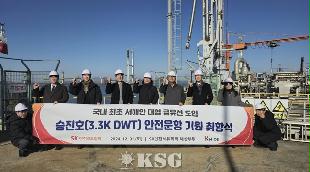

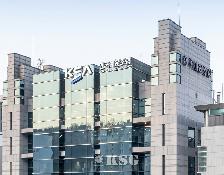
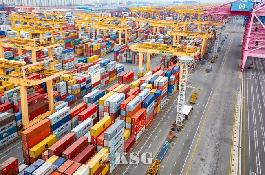




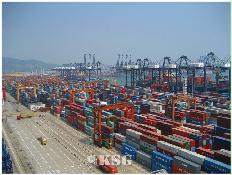
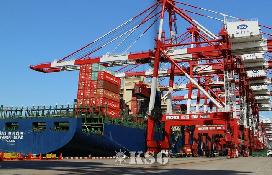
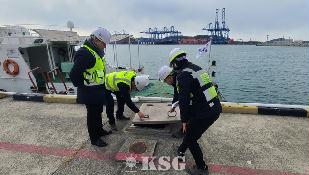
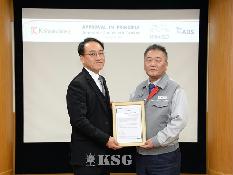
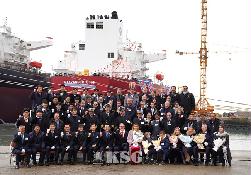

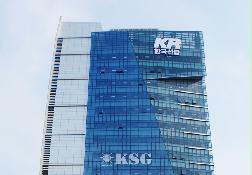

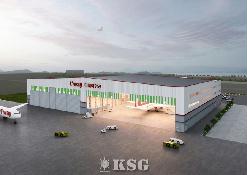
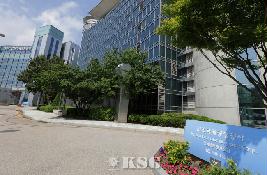

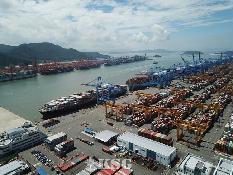
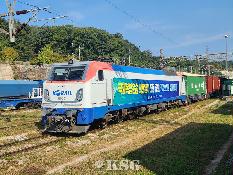

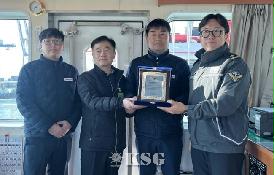
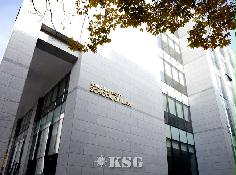
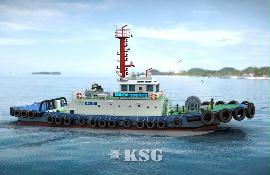
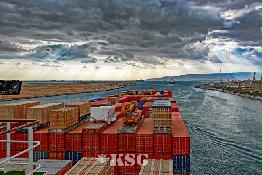









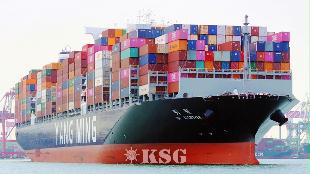

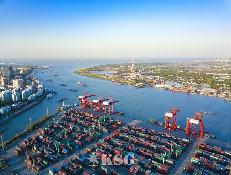






















0/250
확인